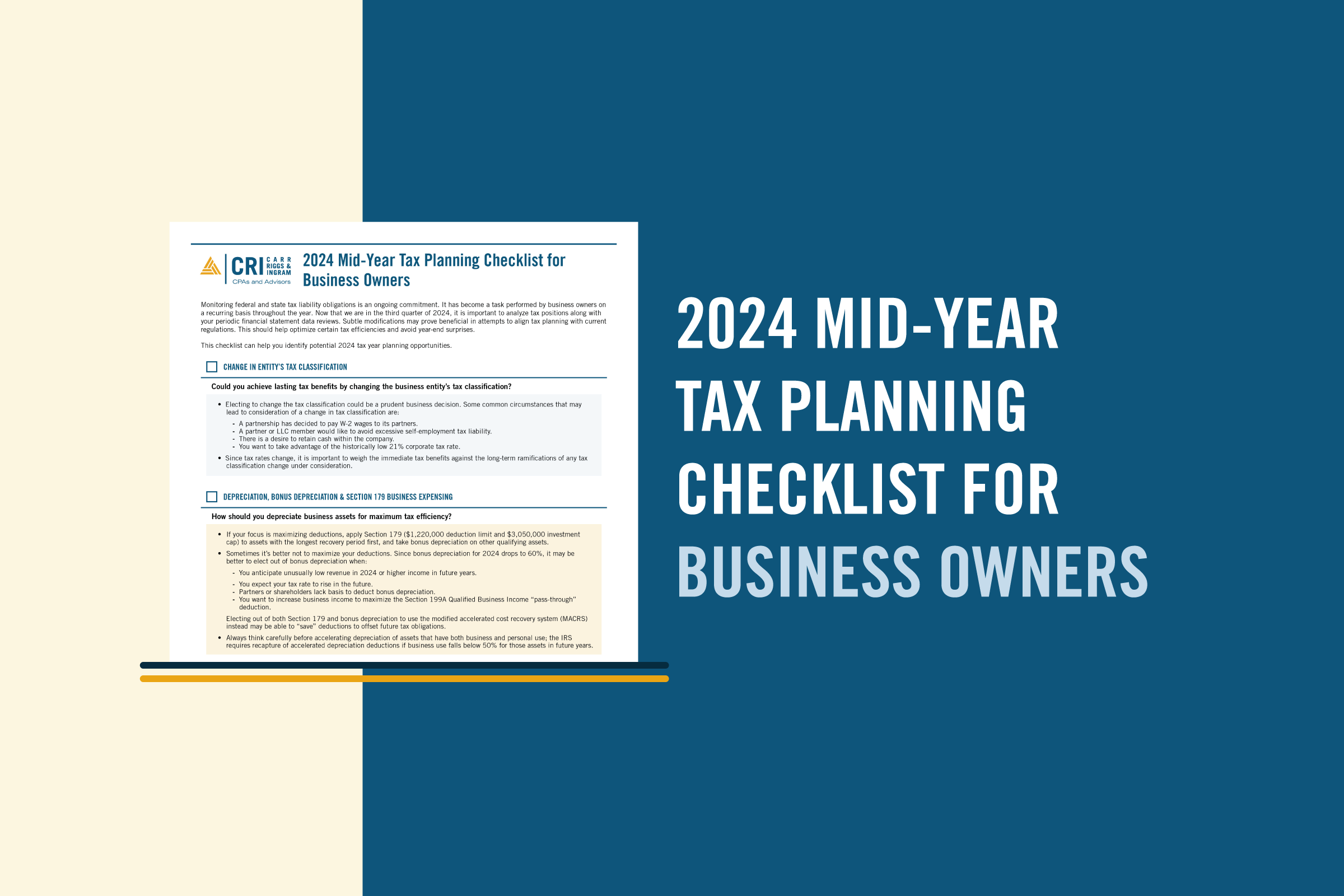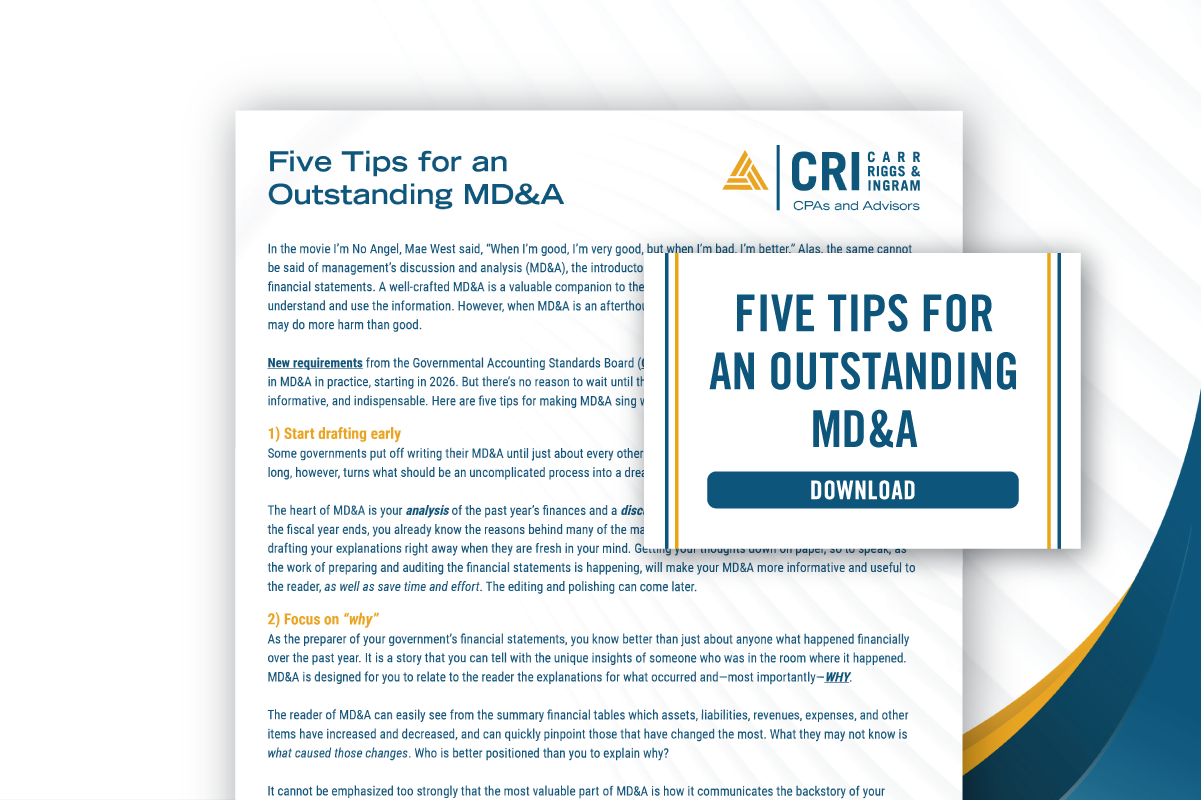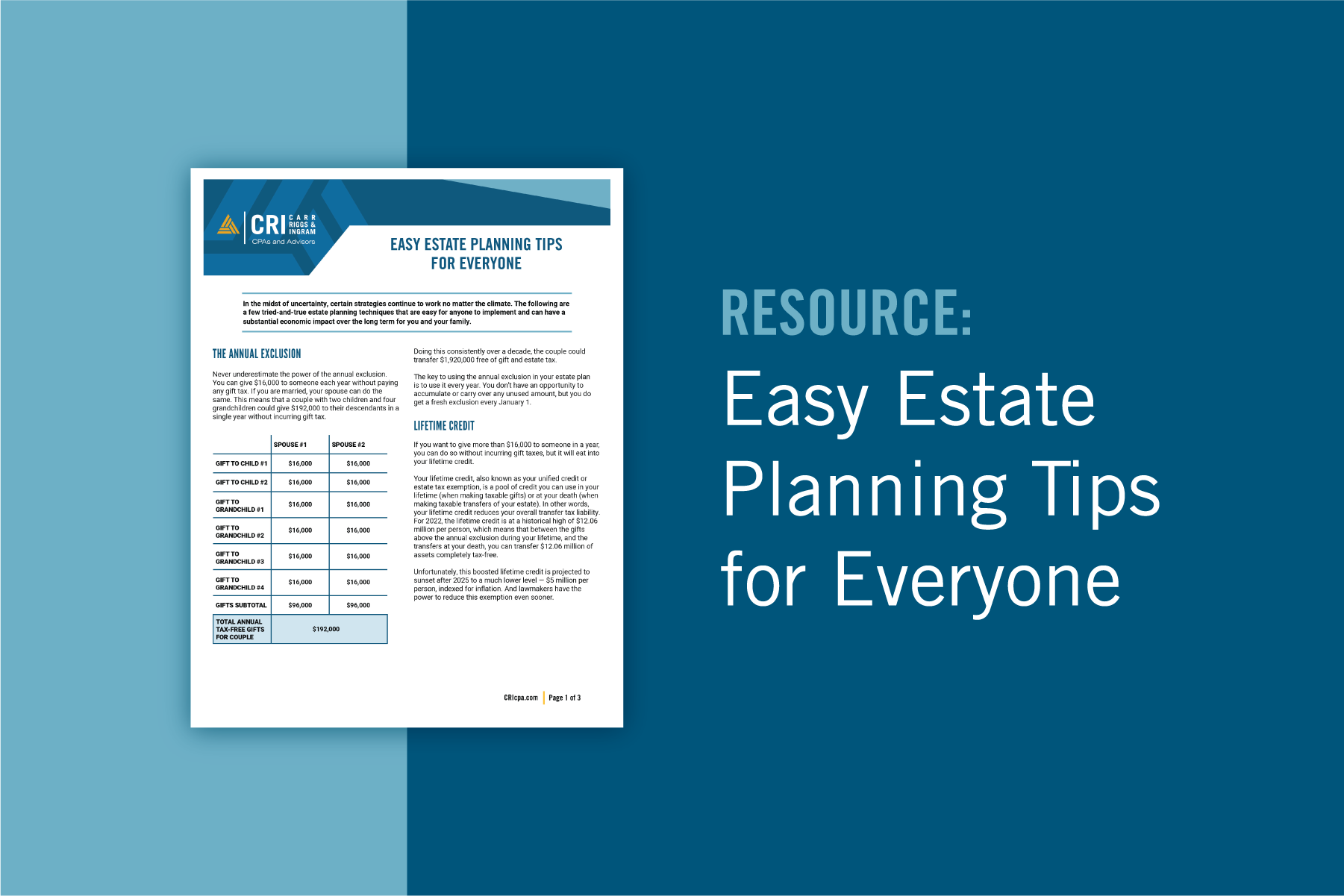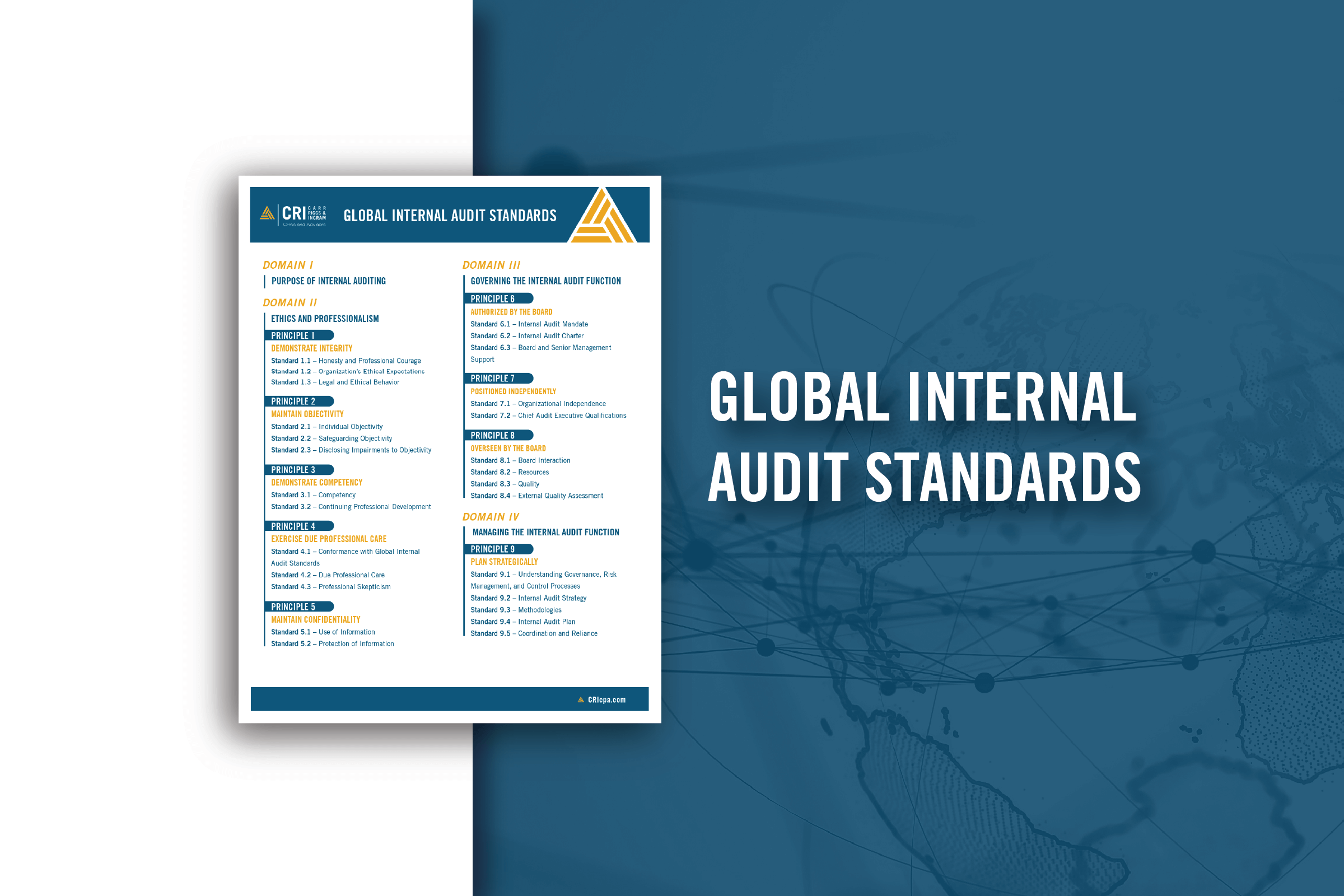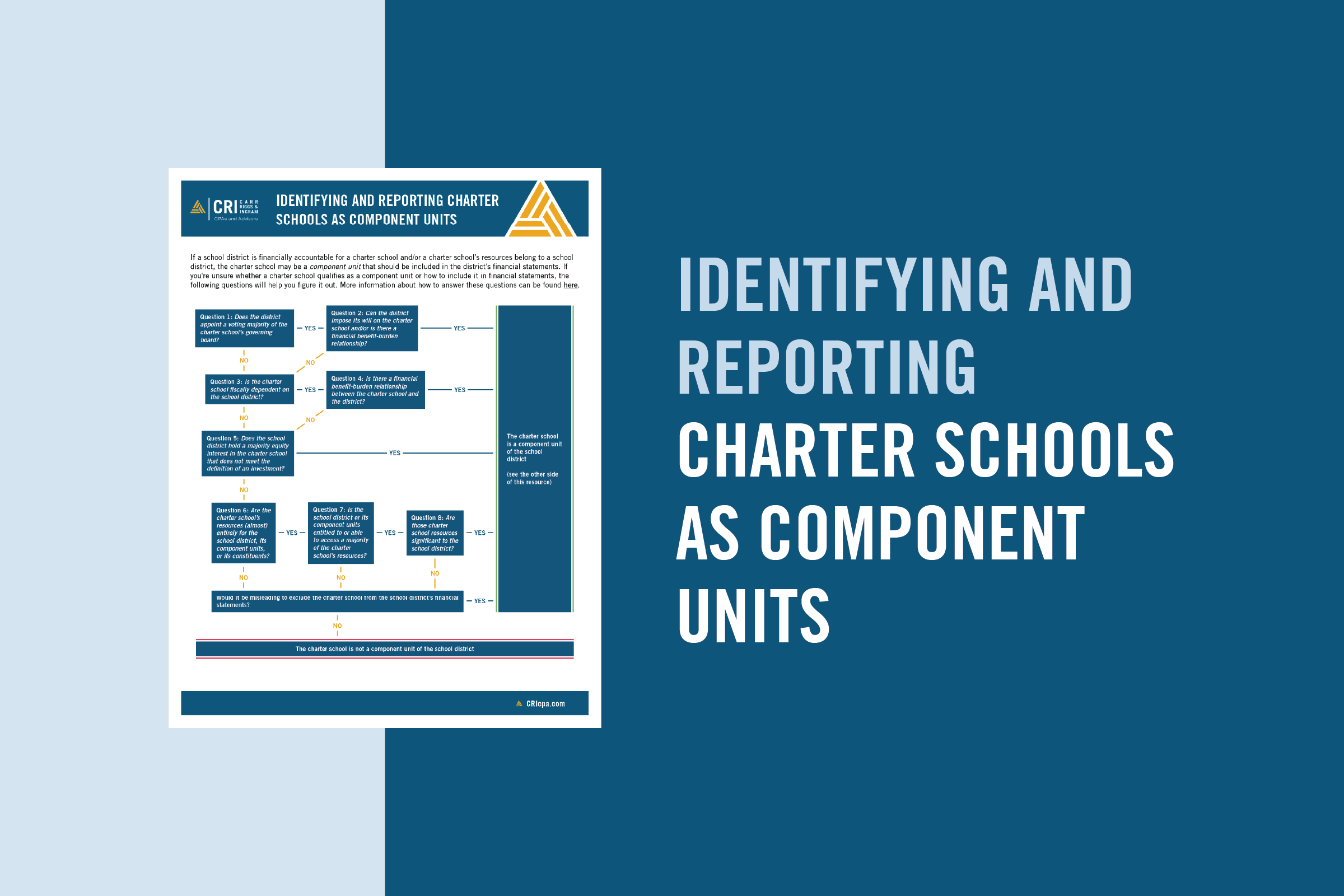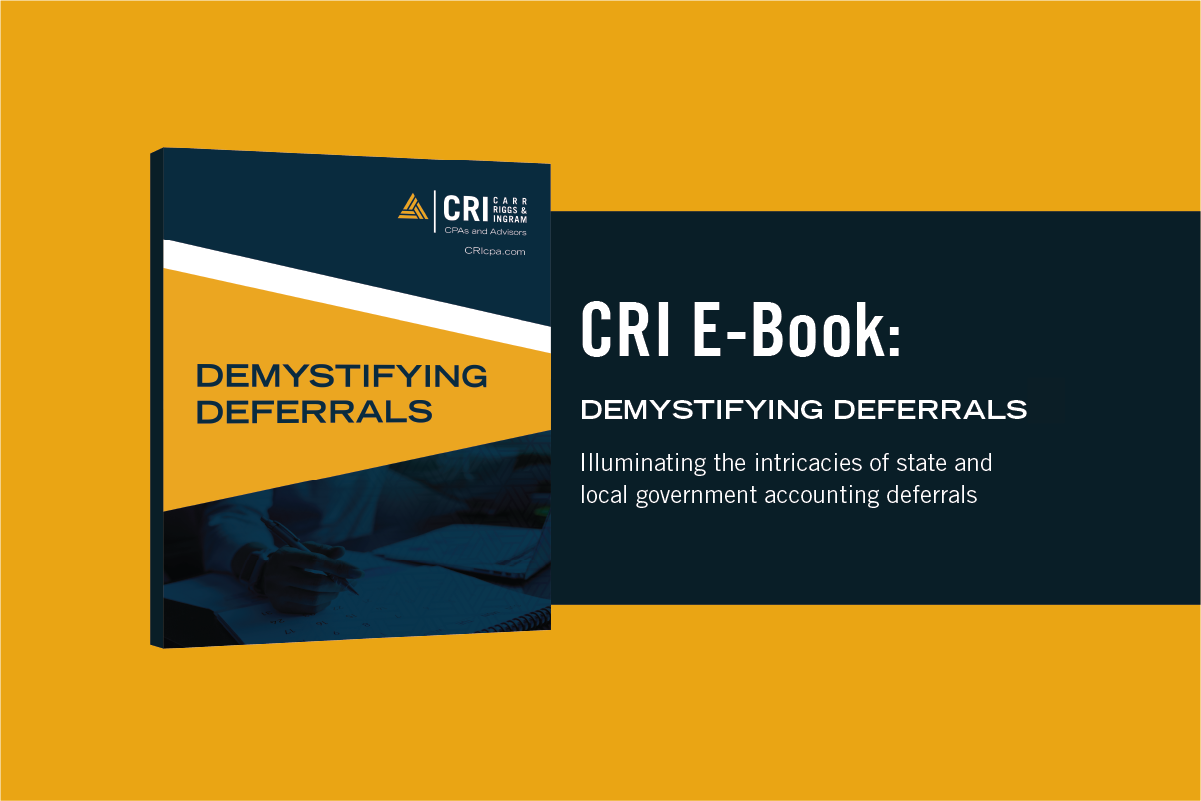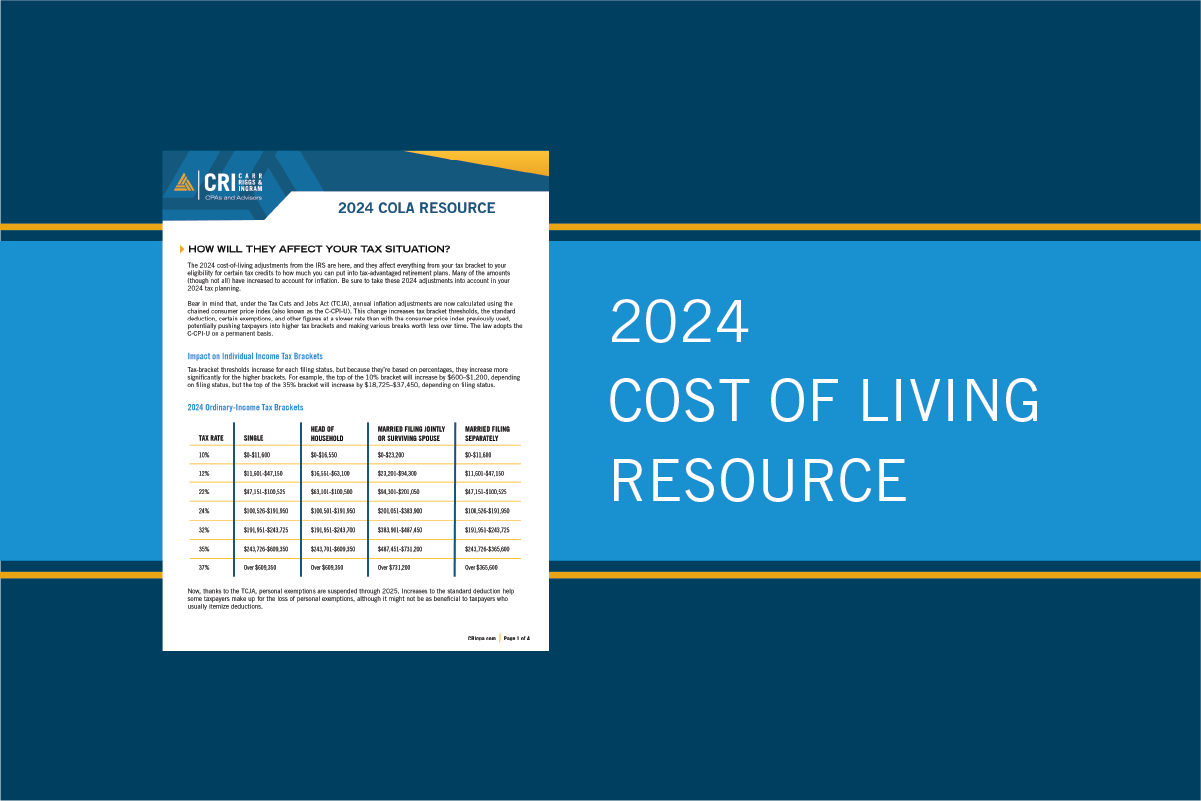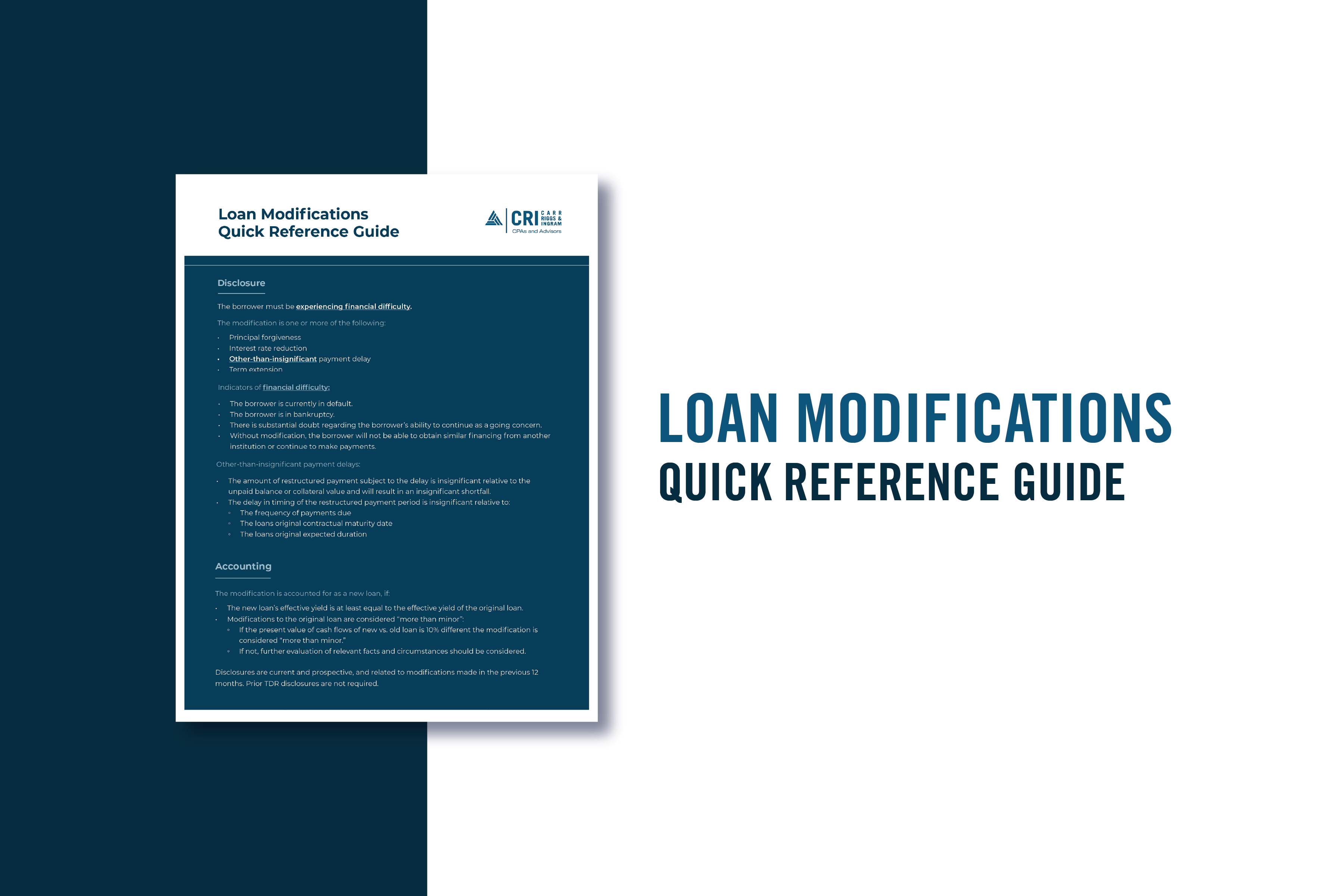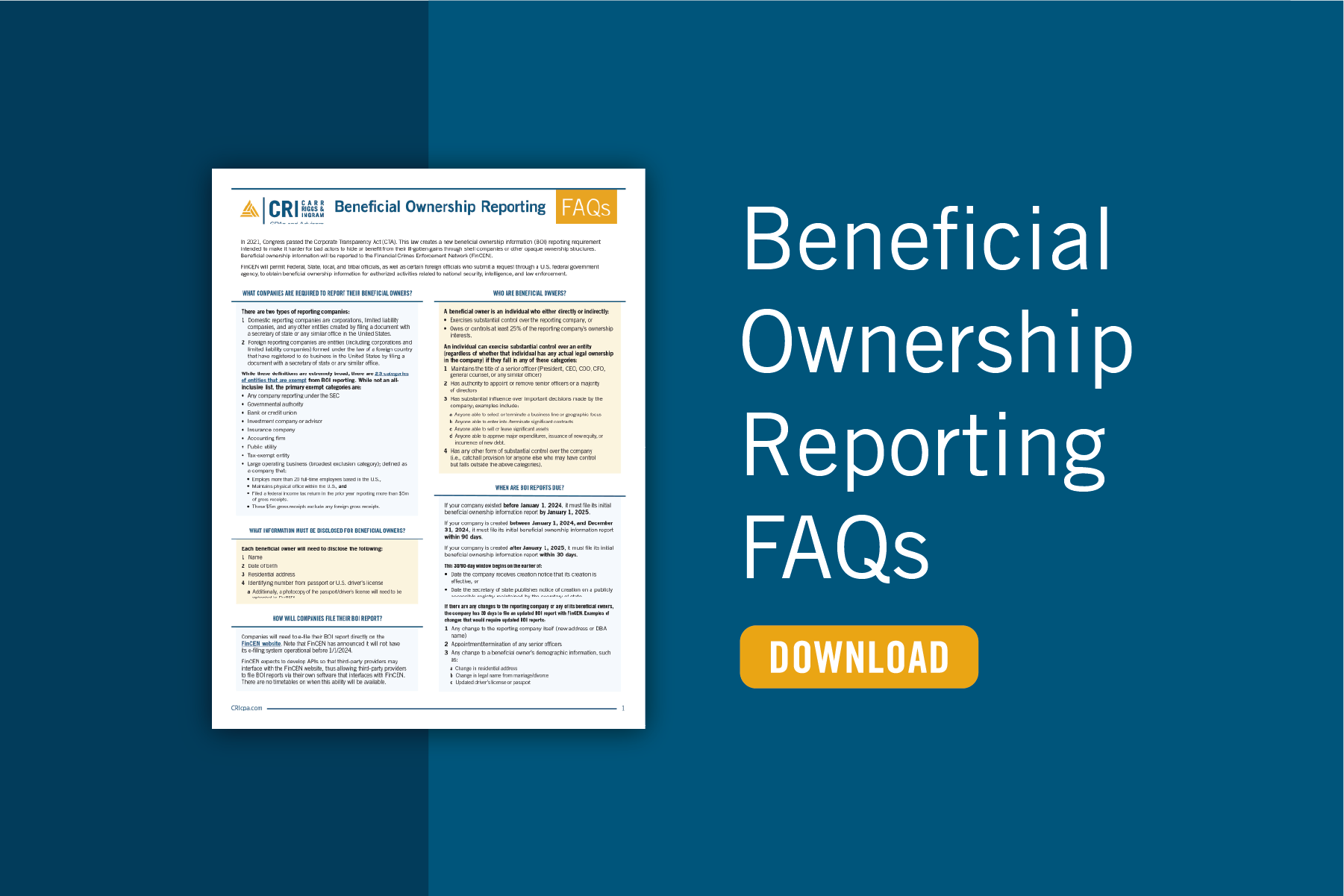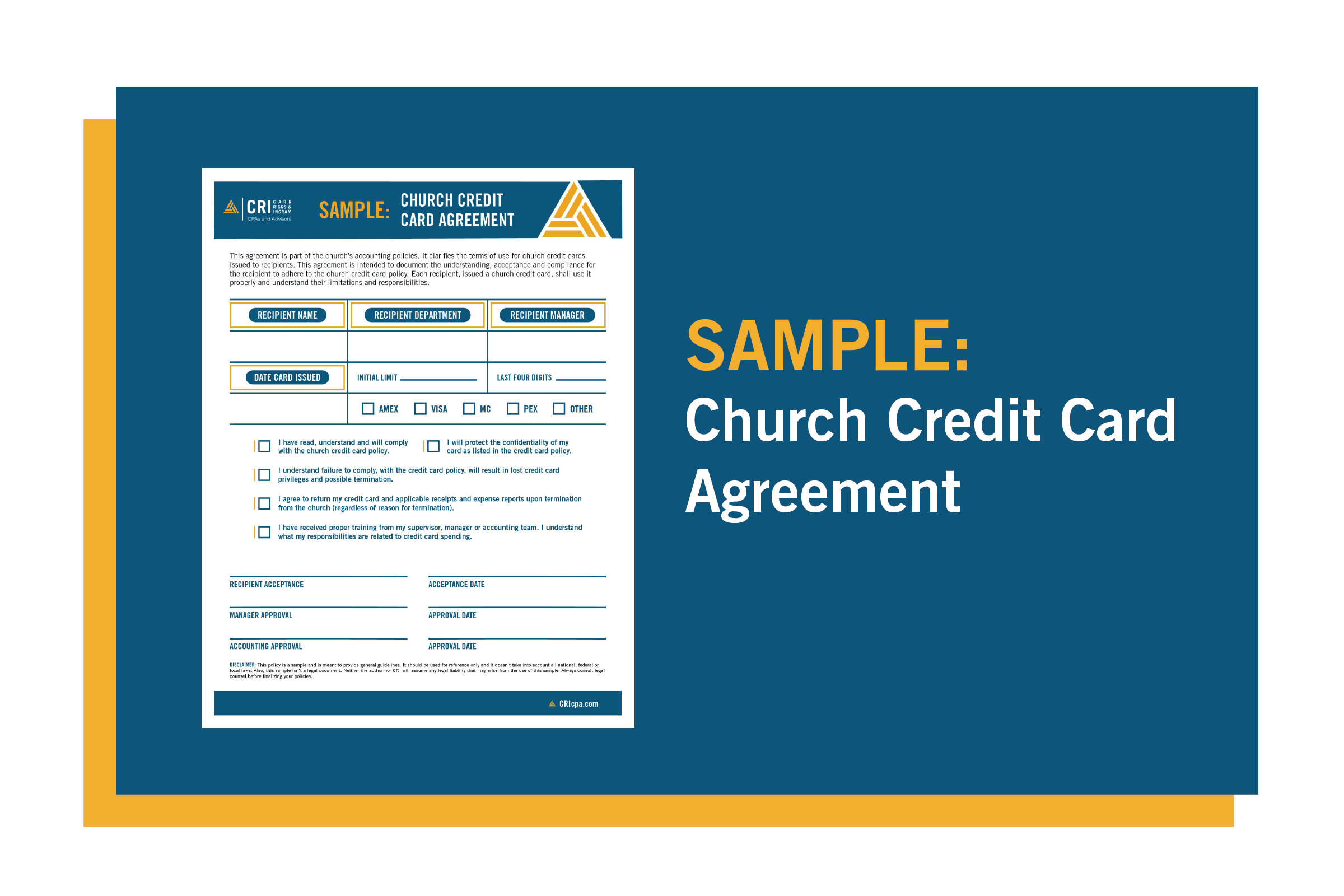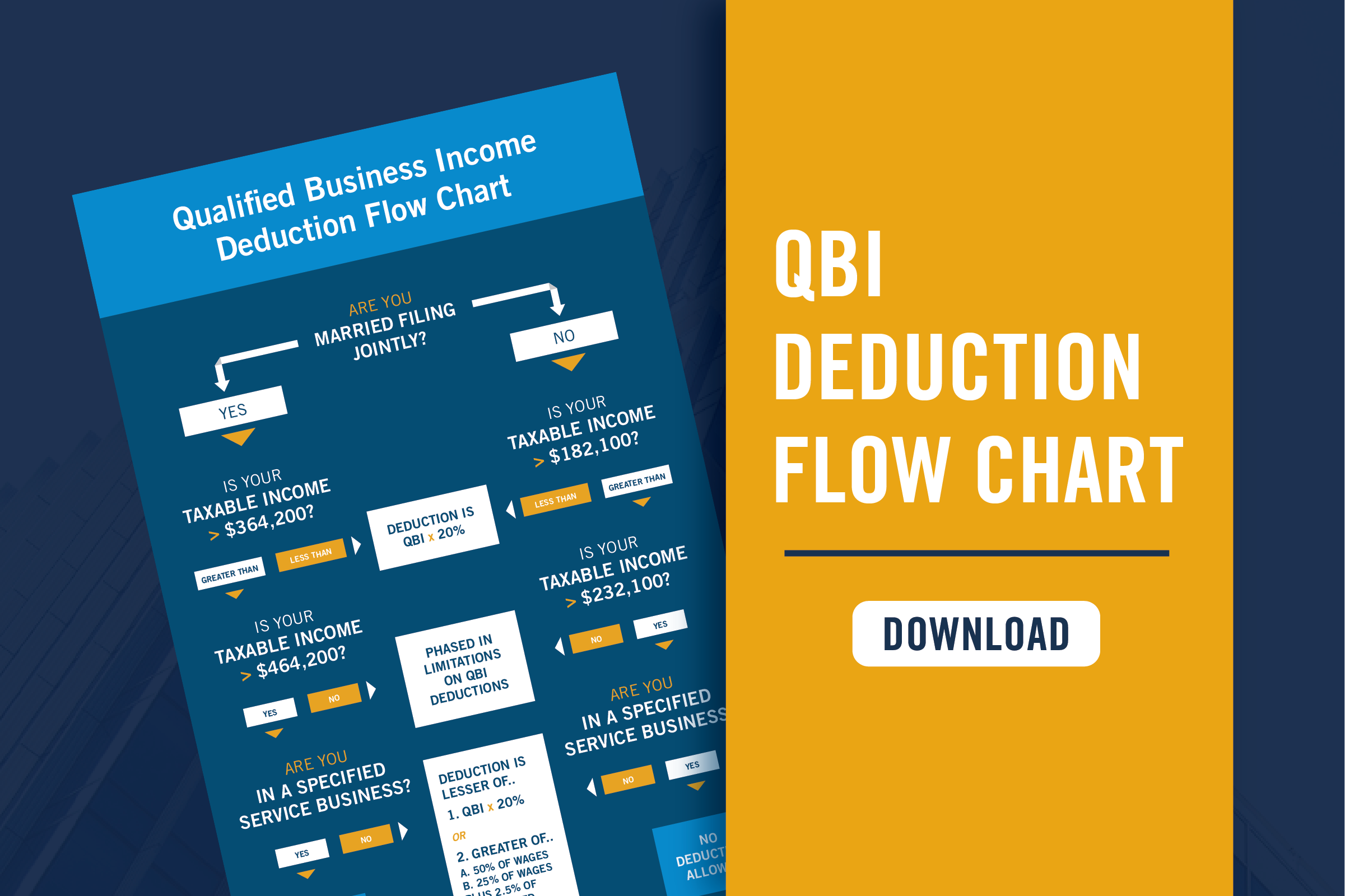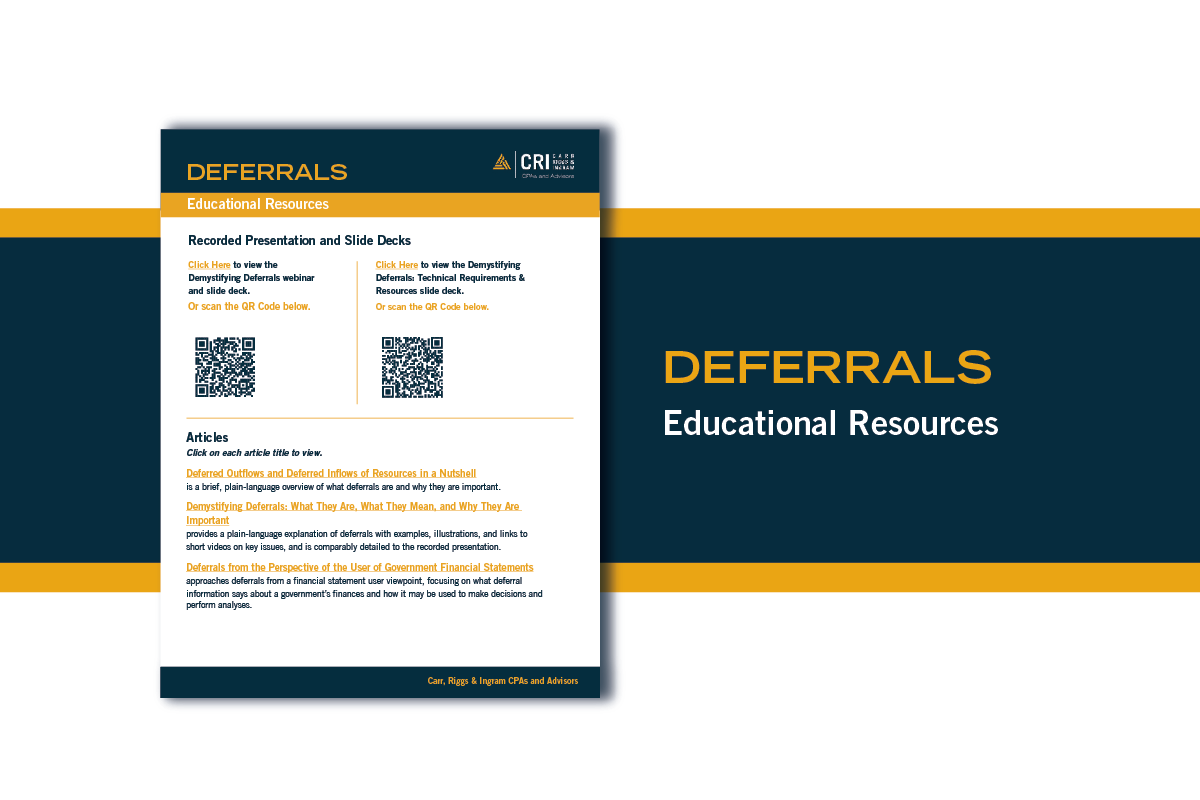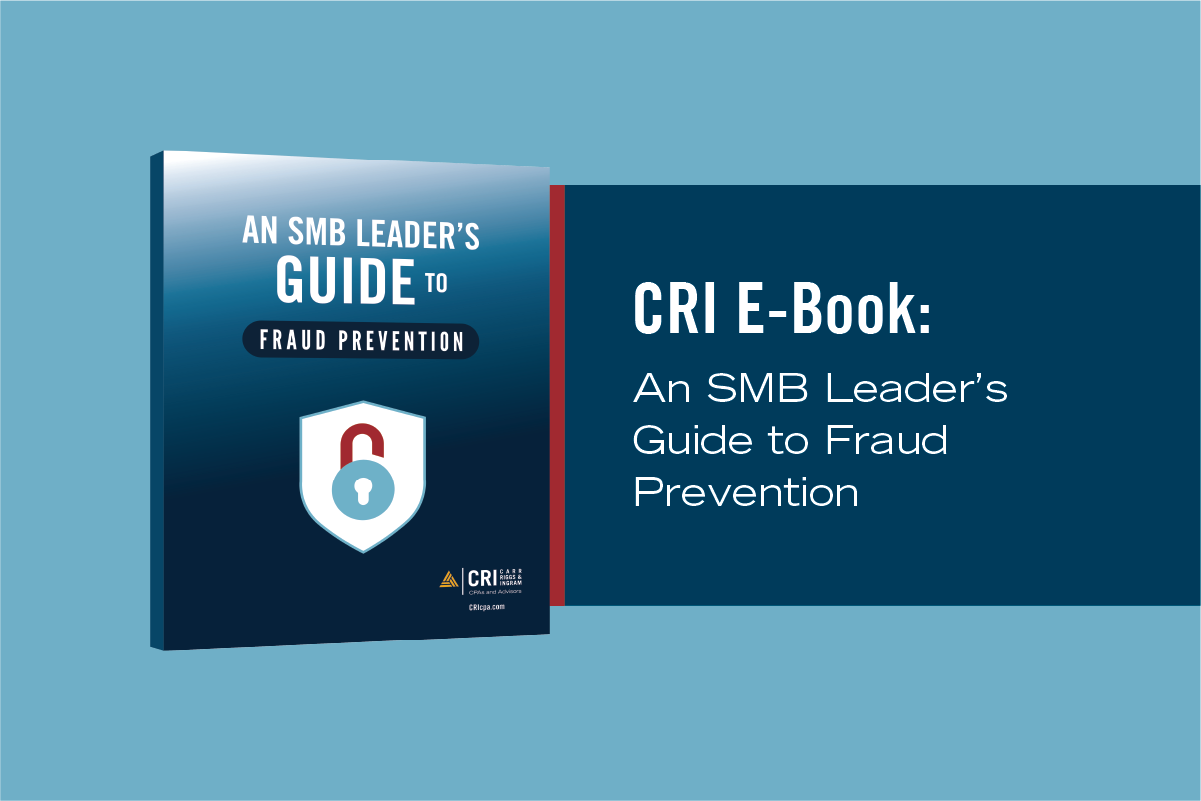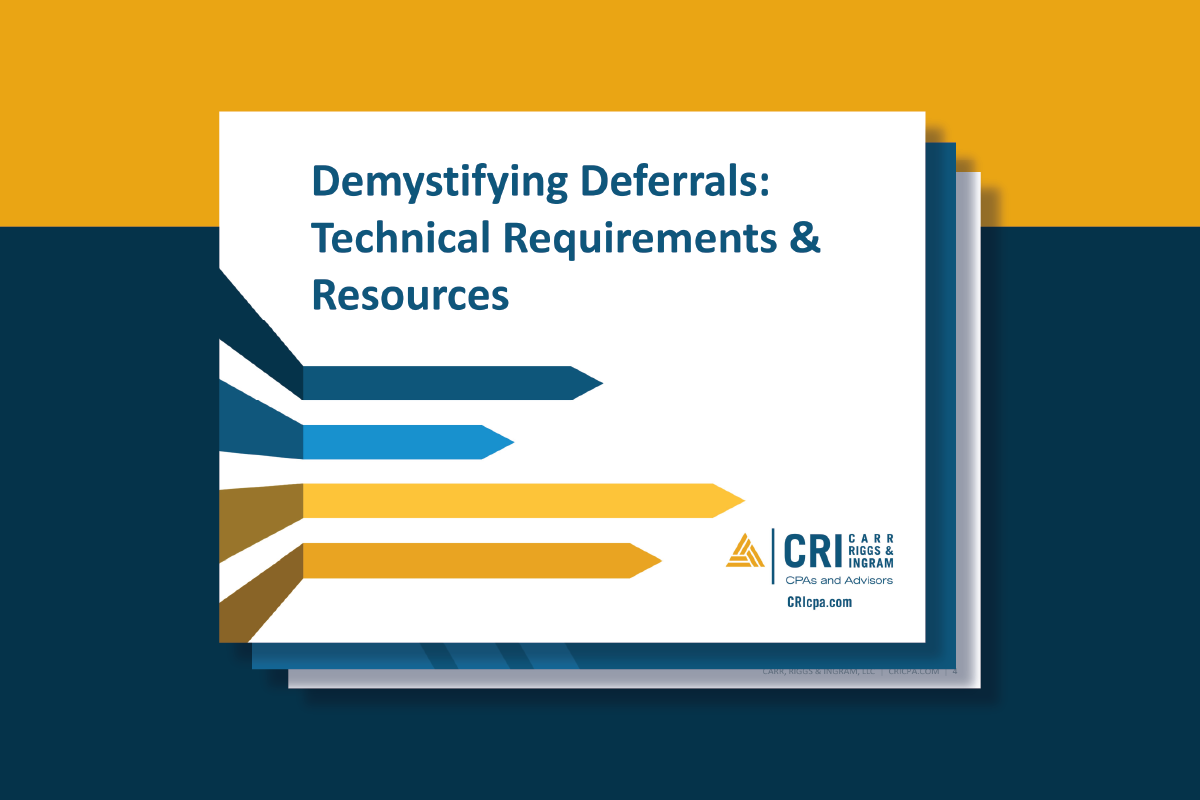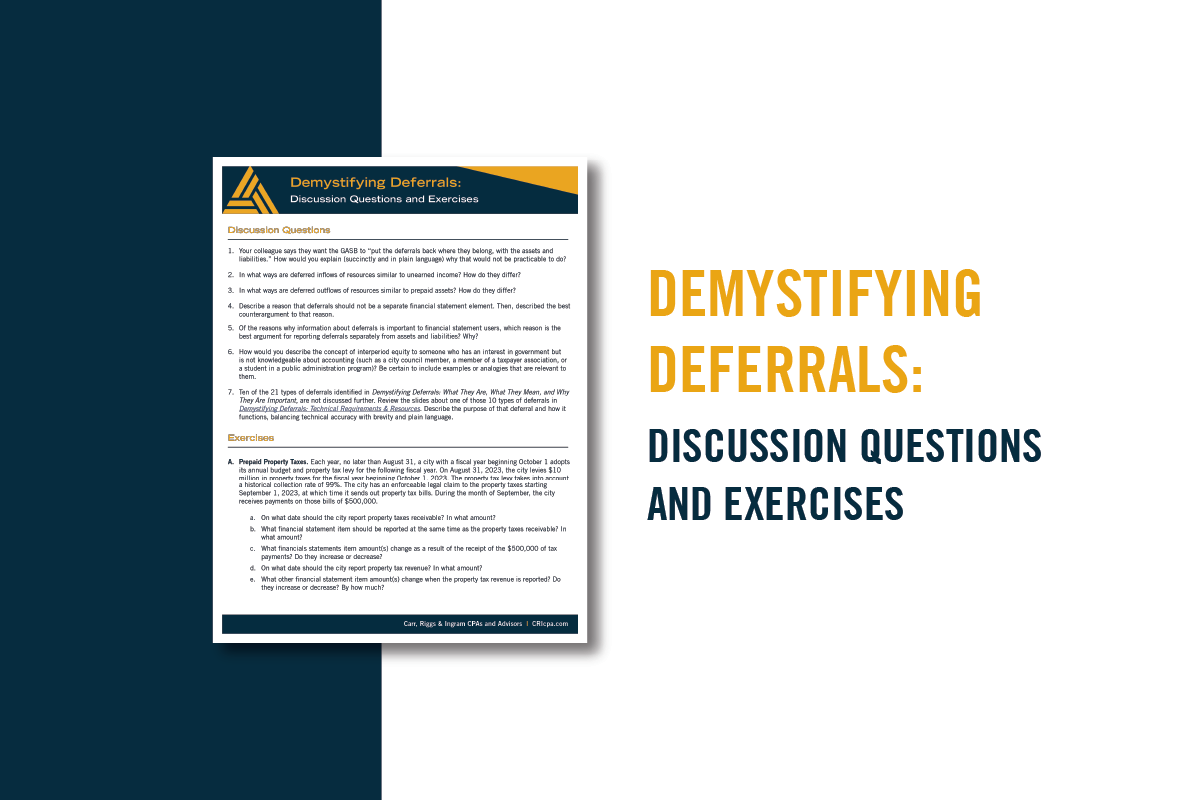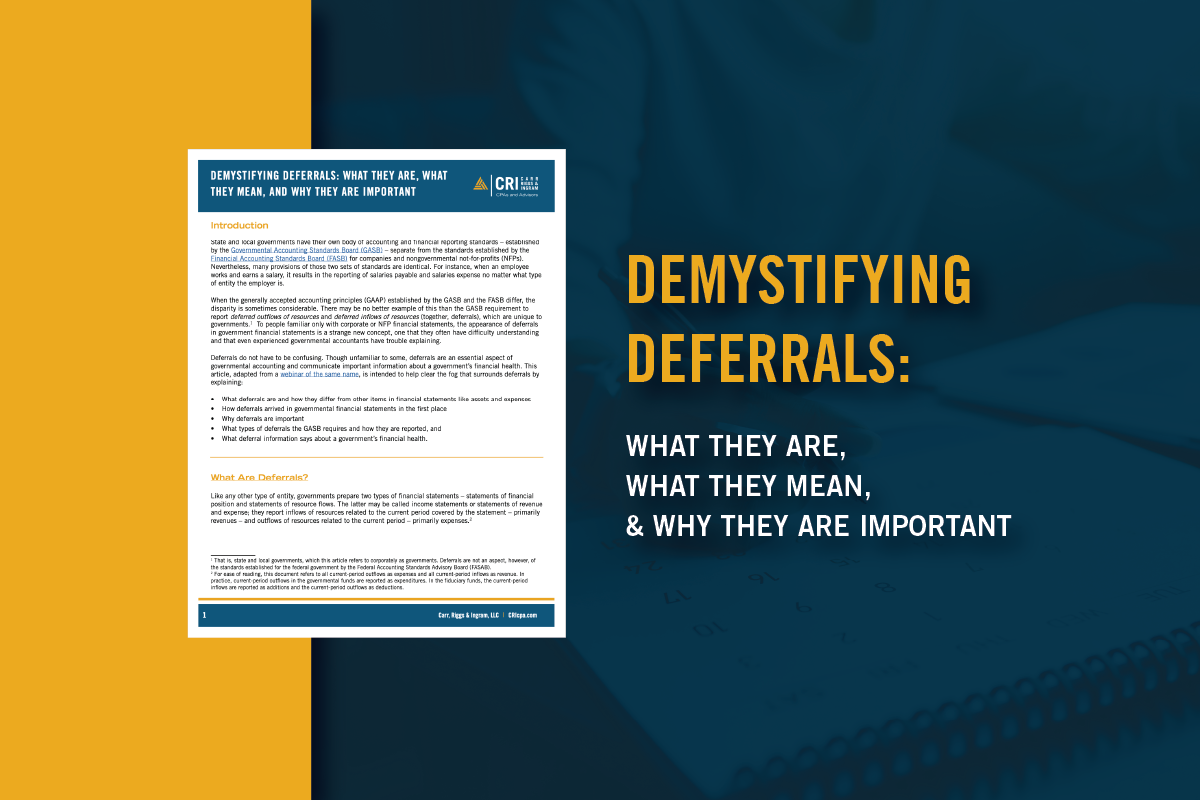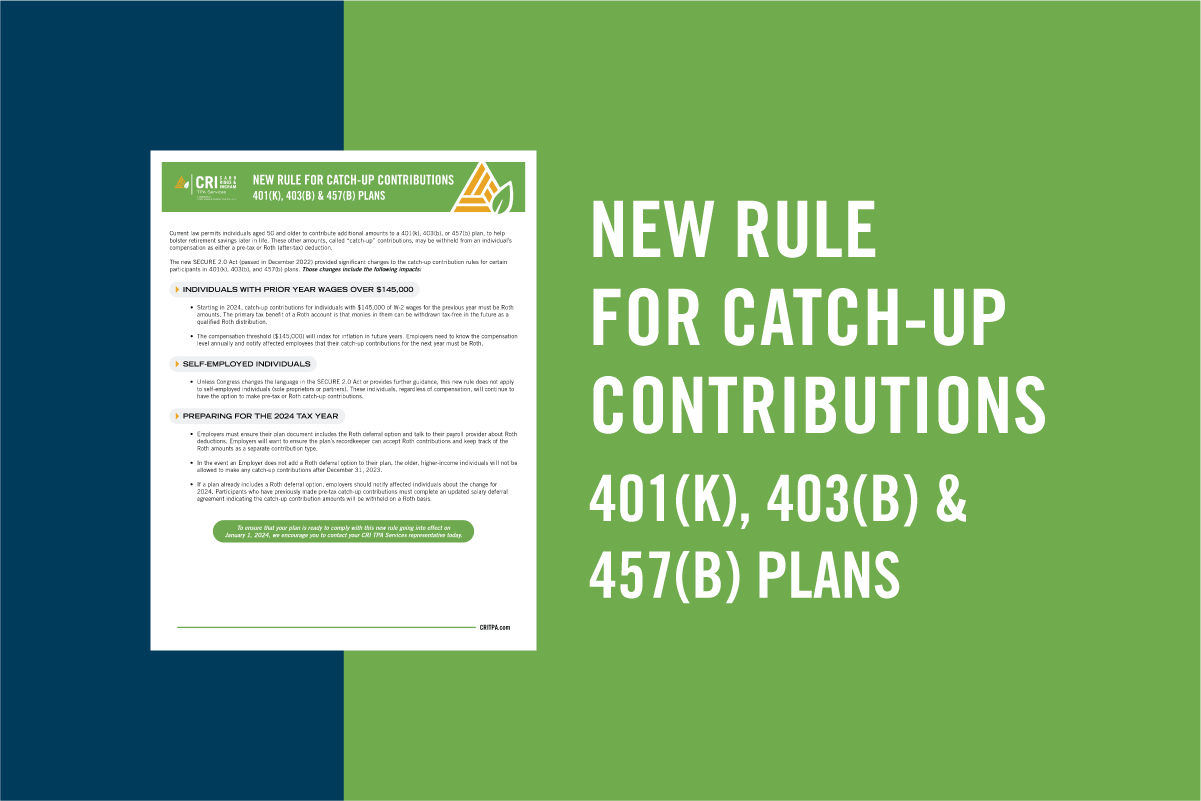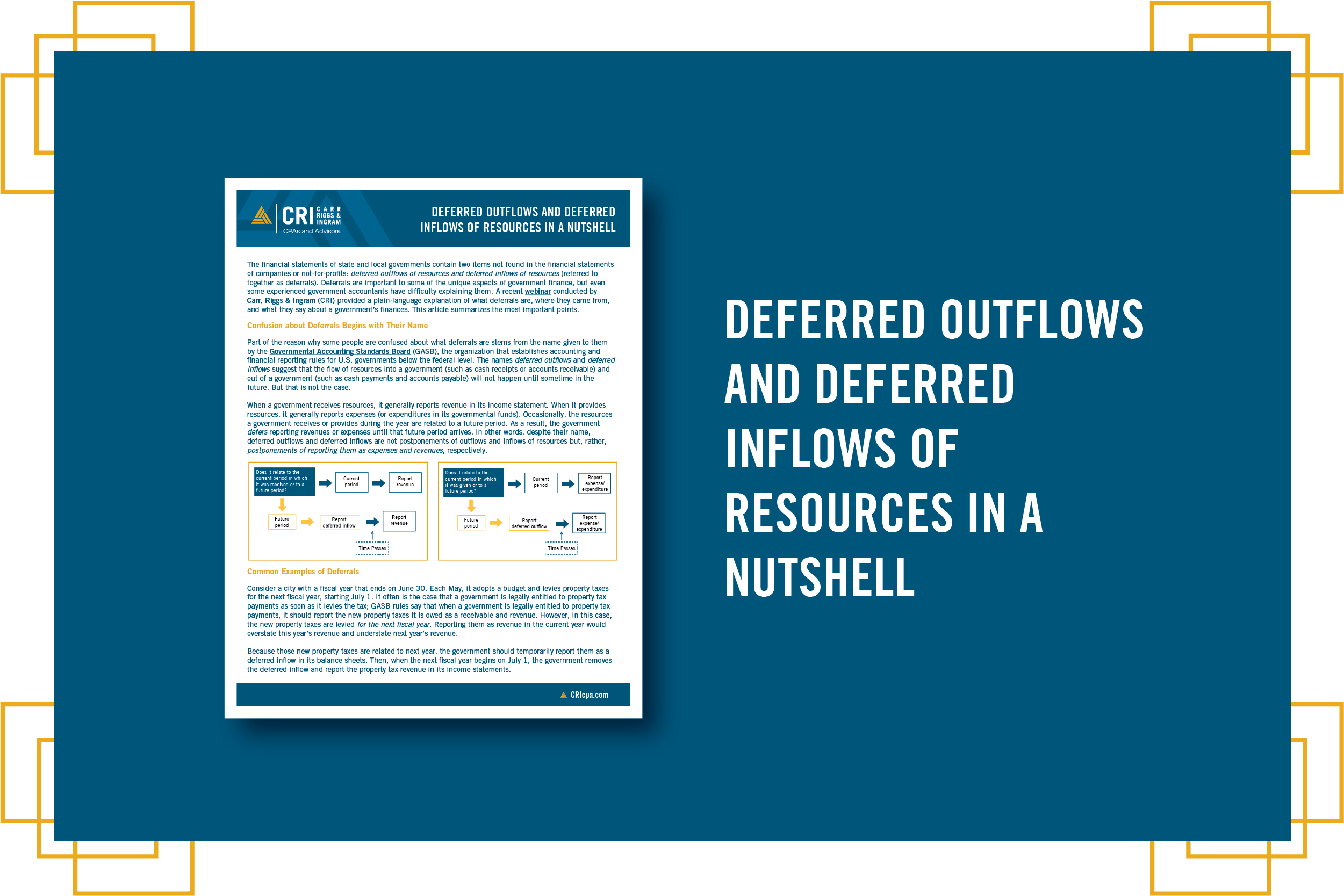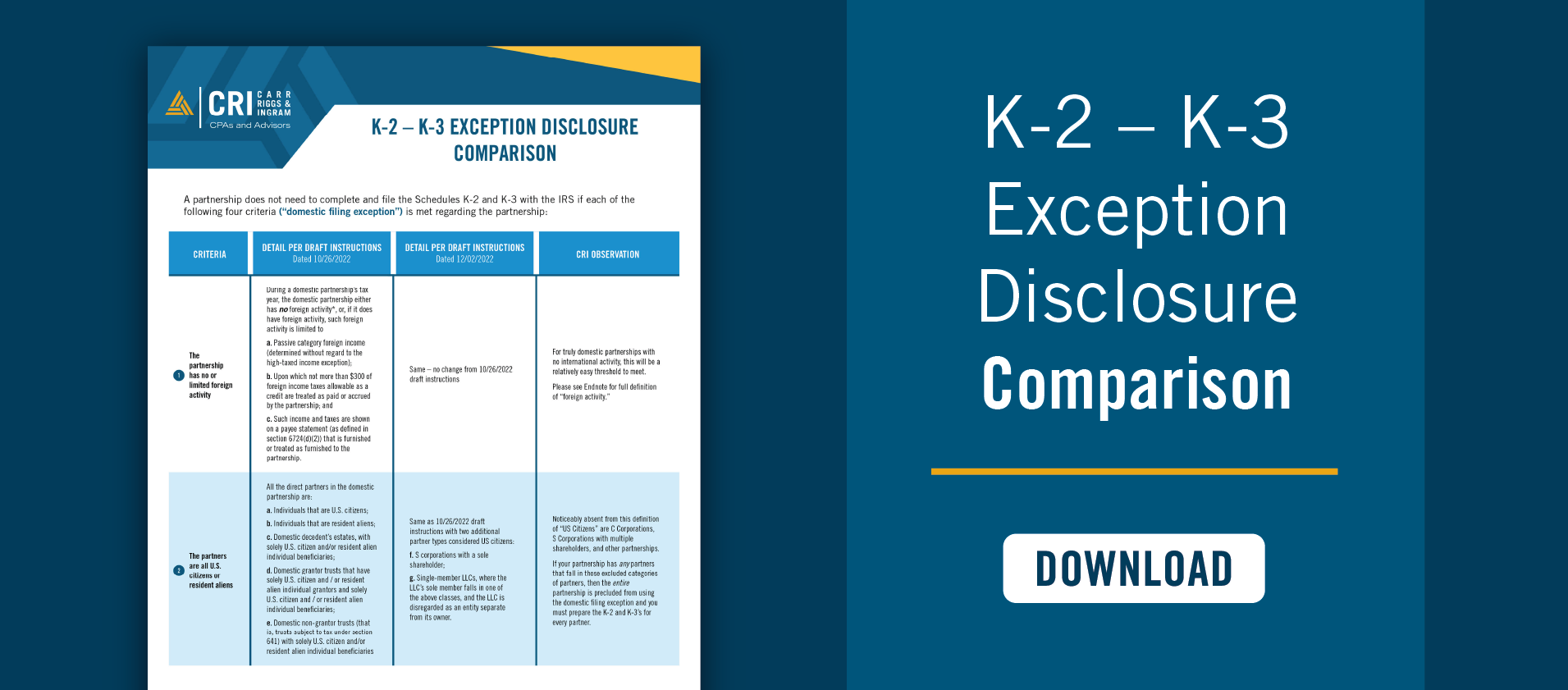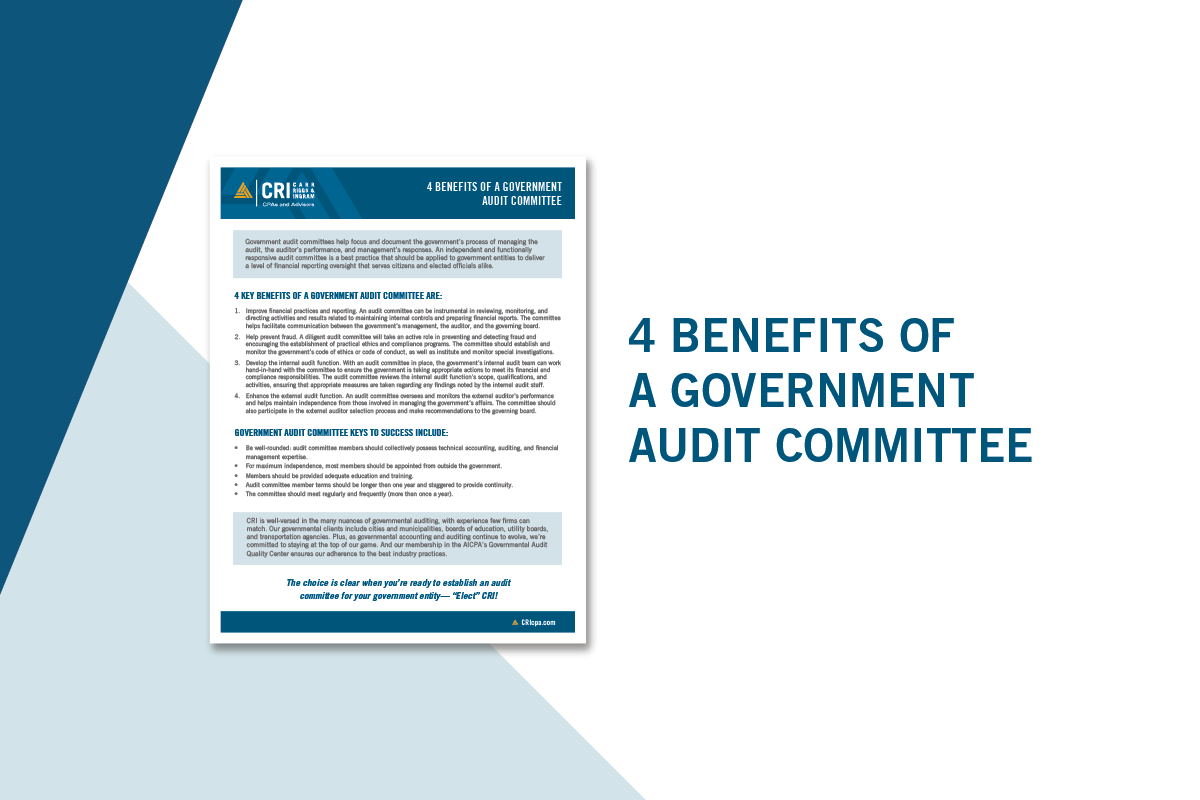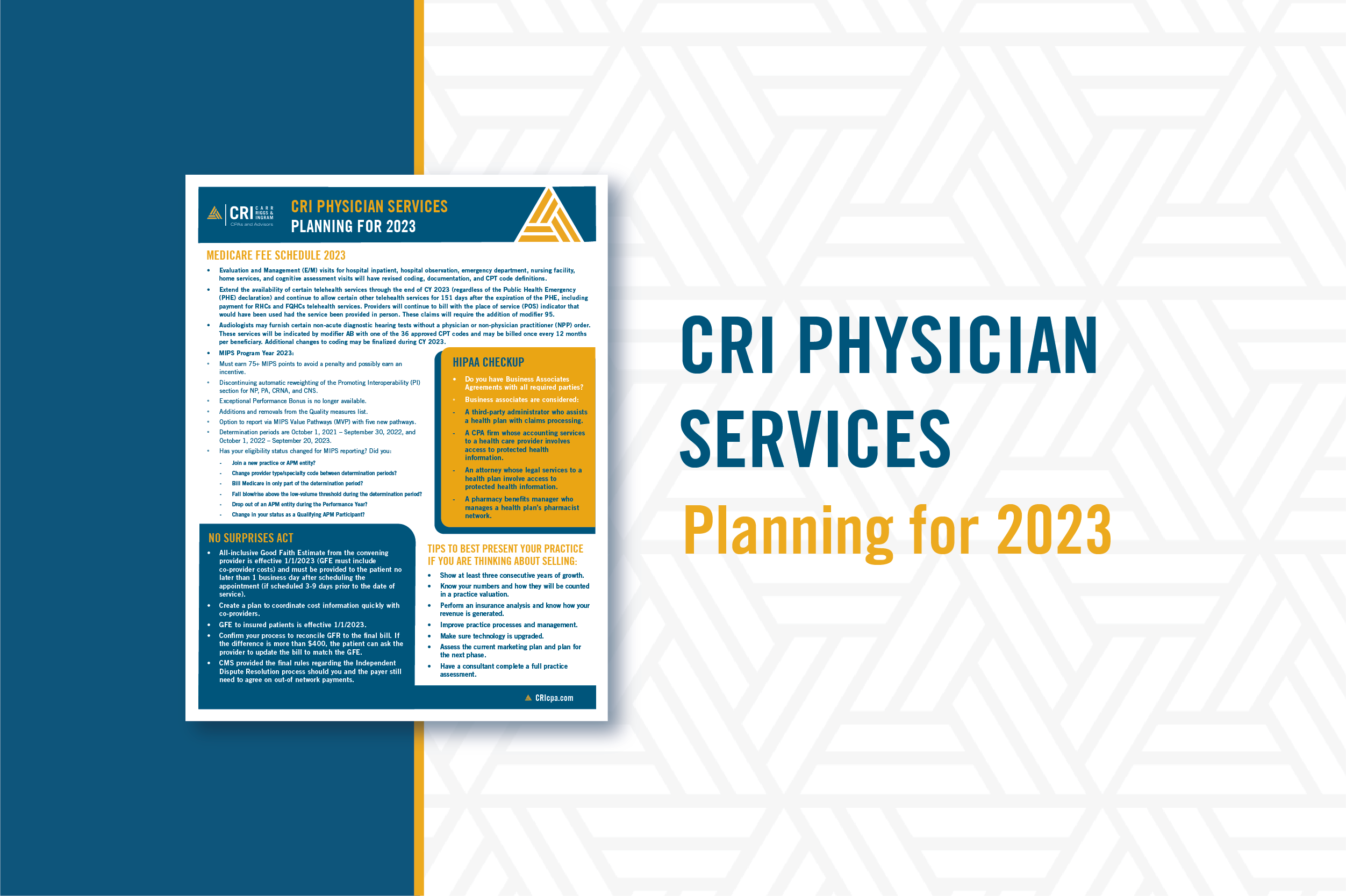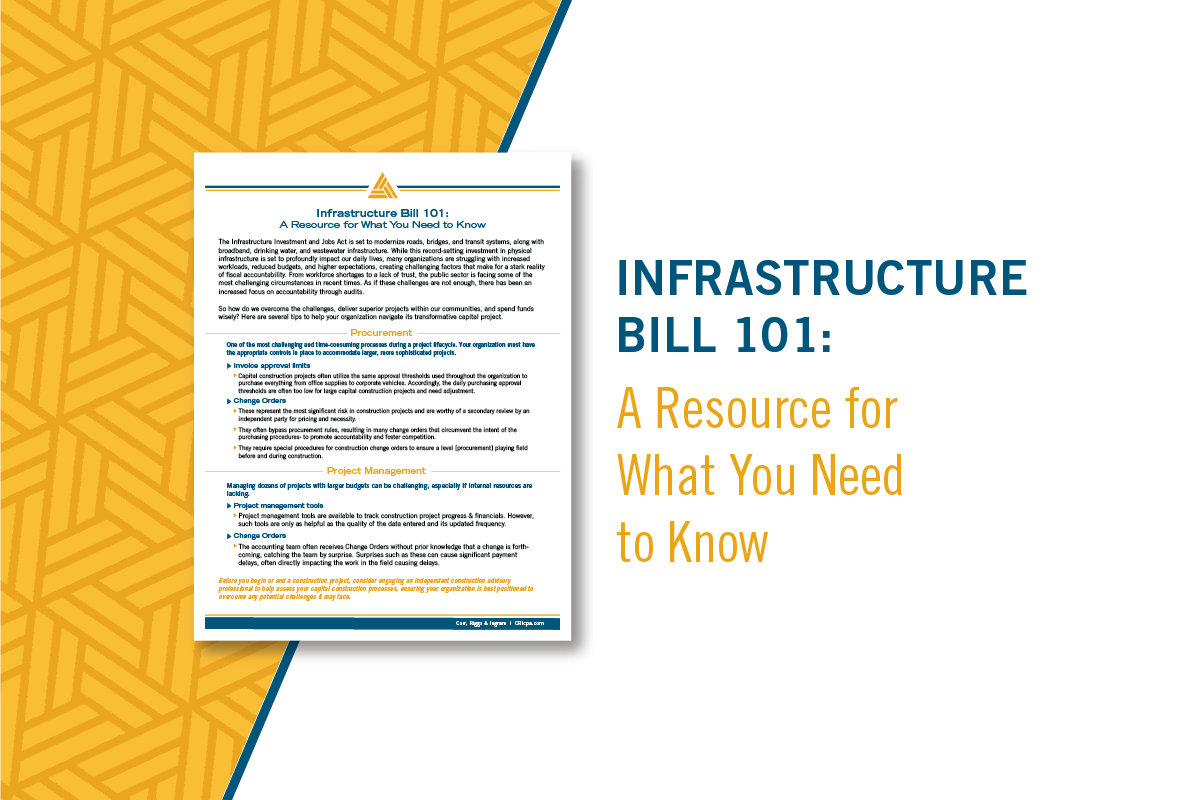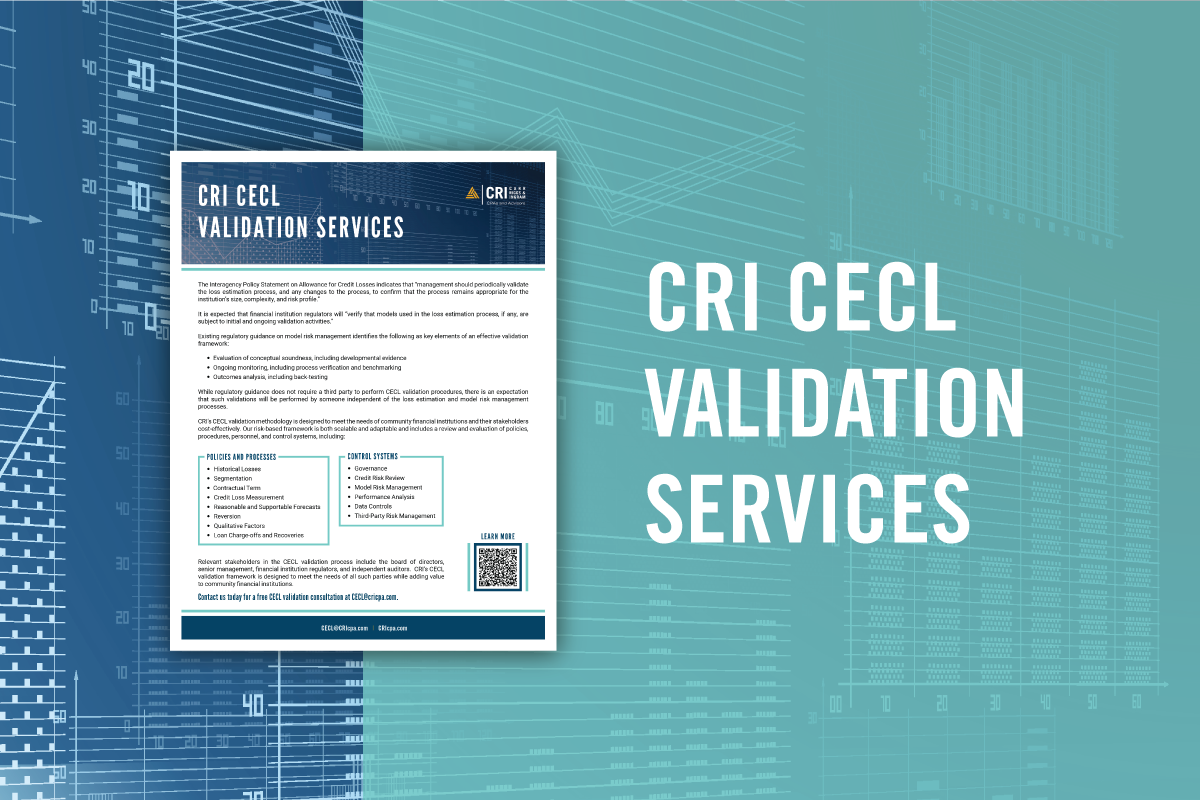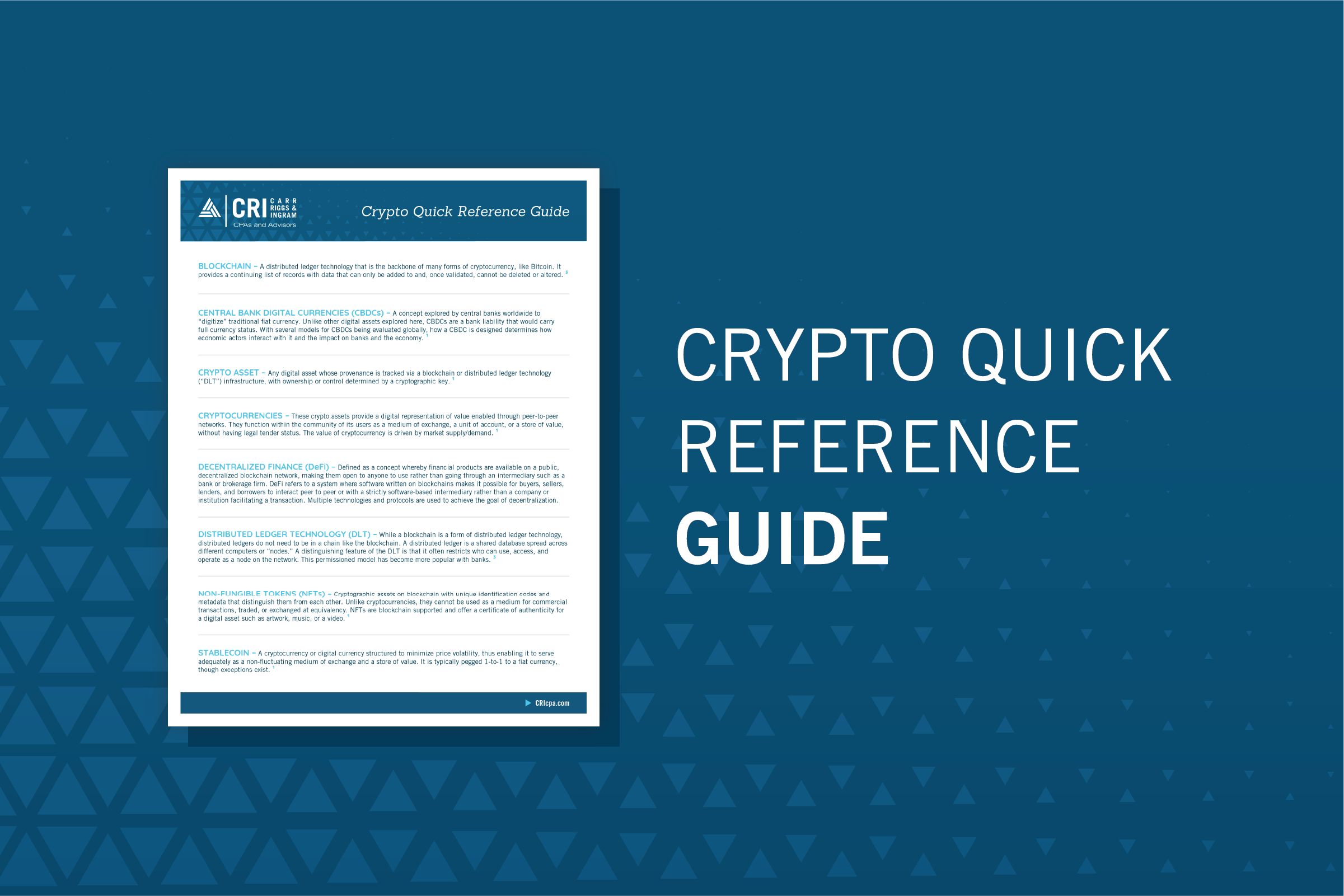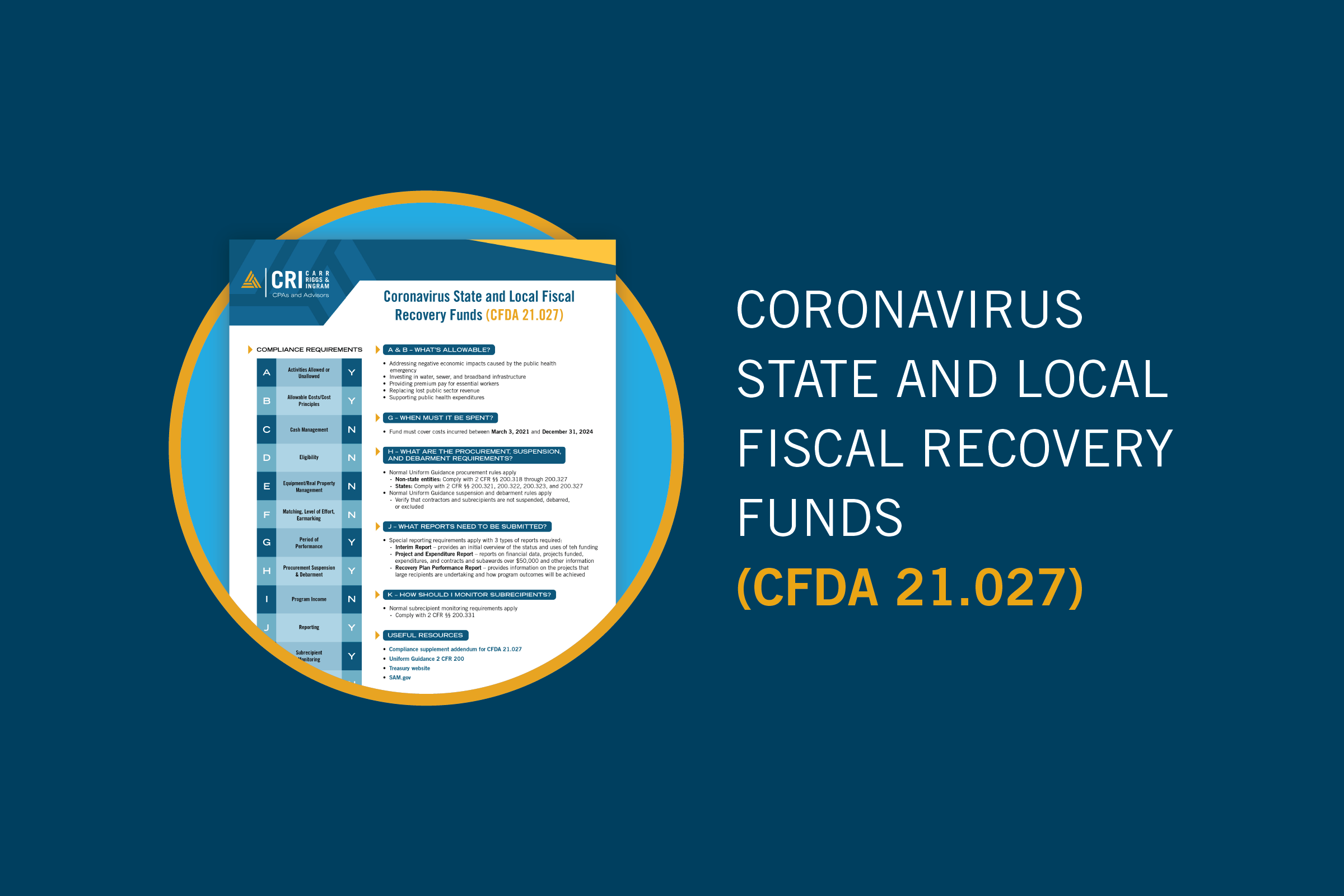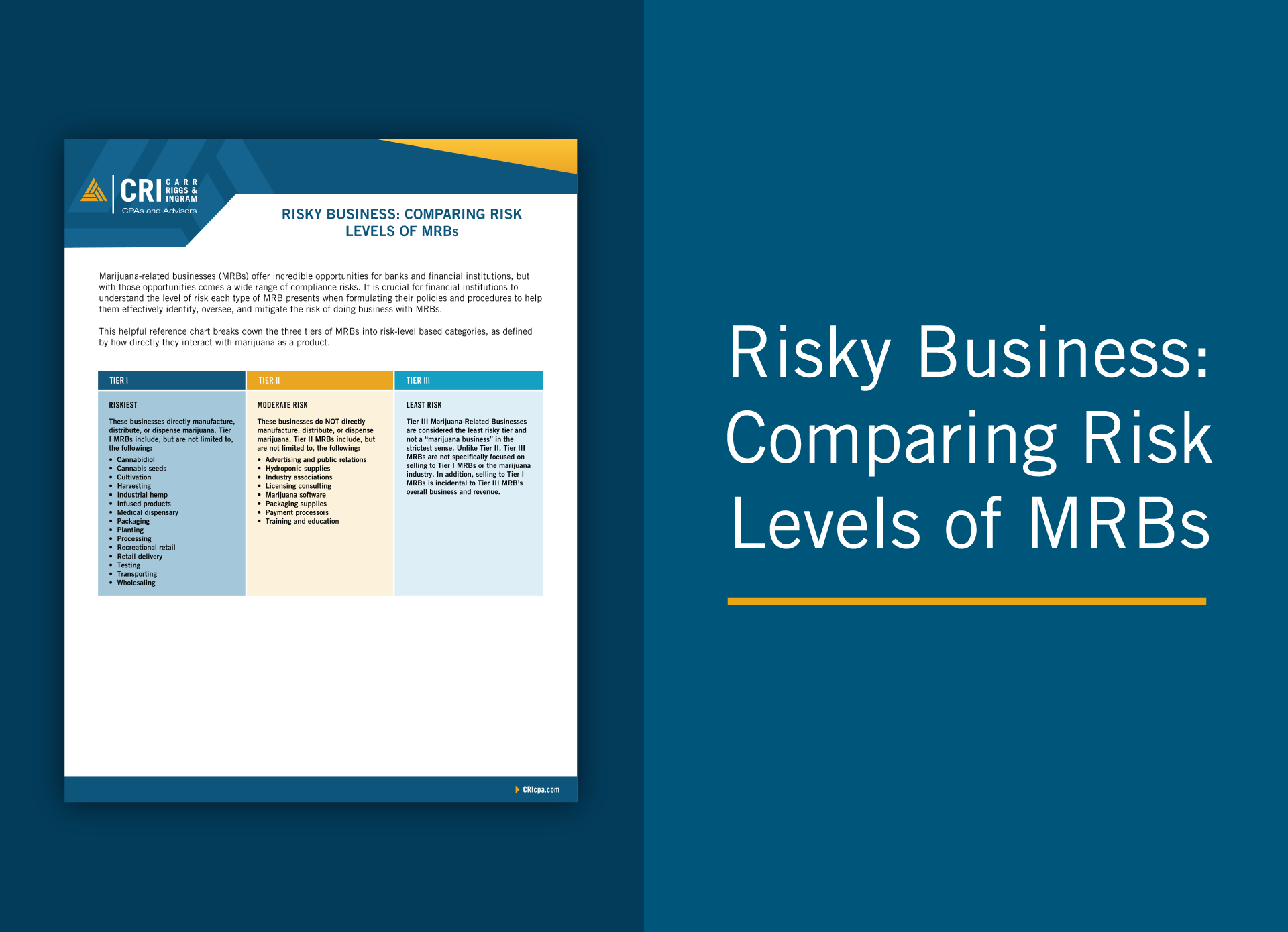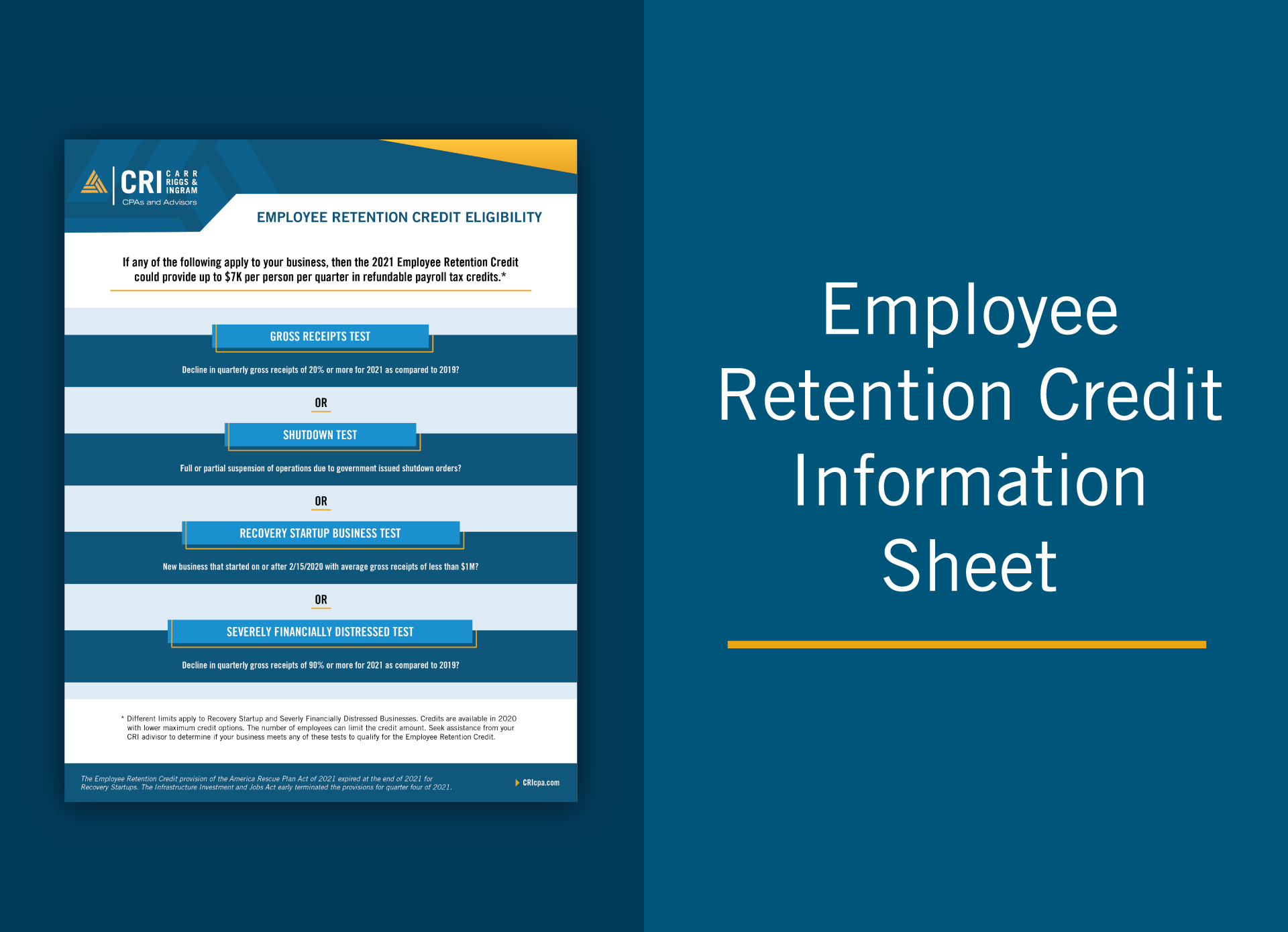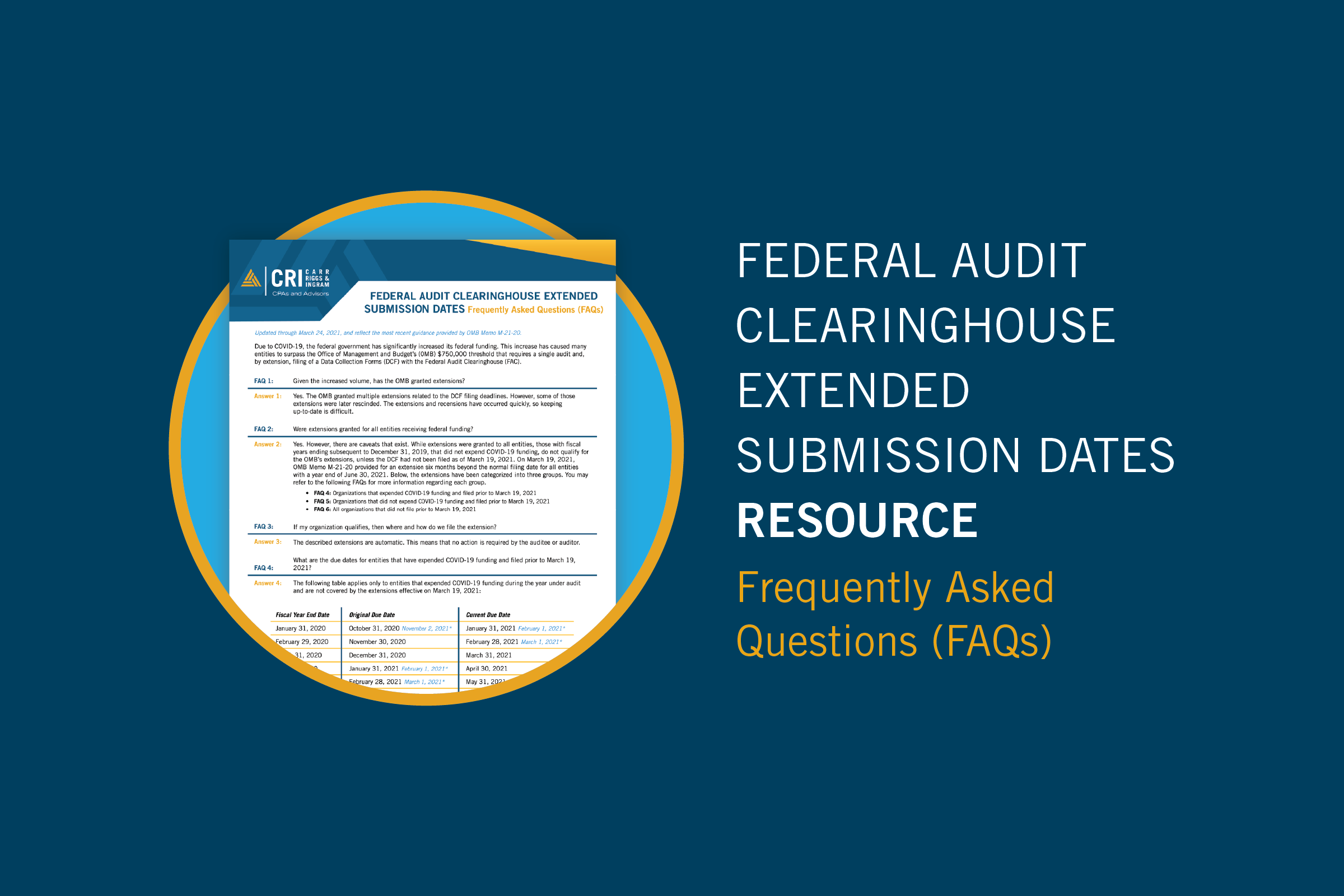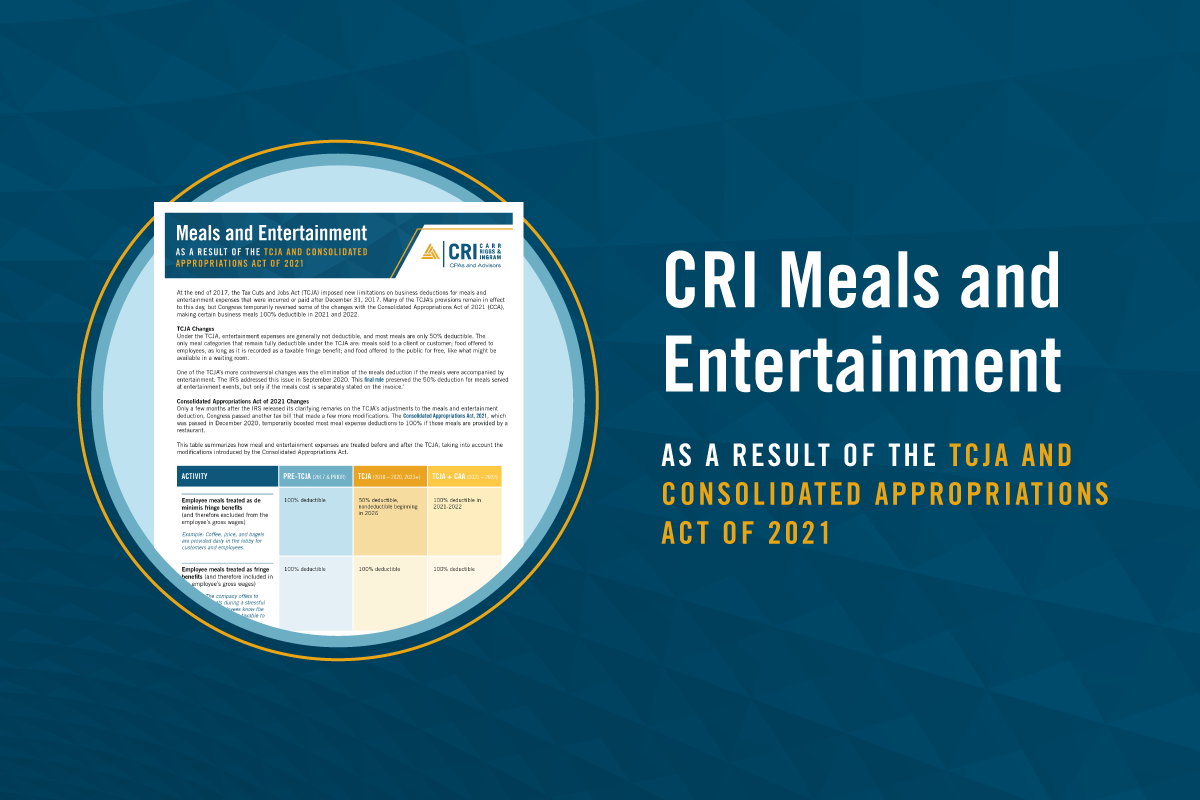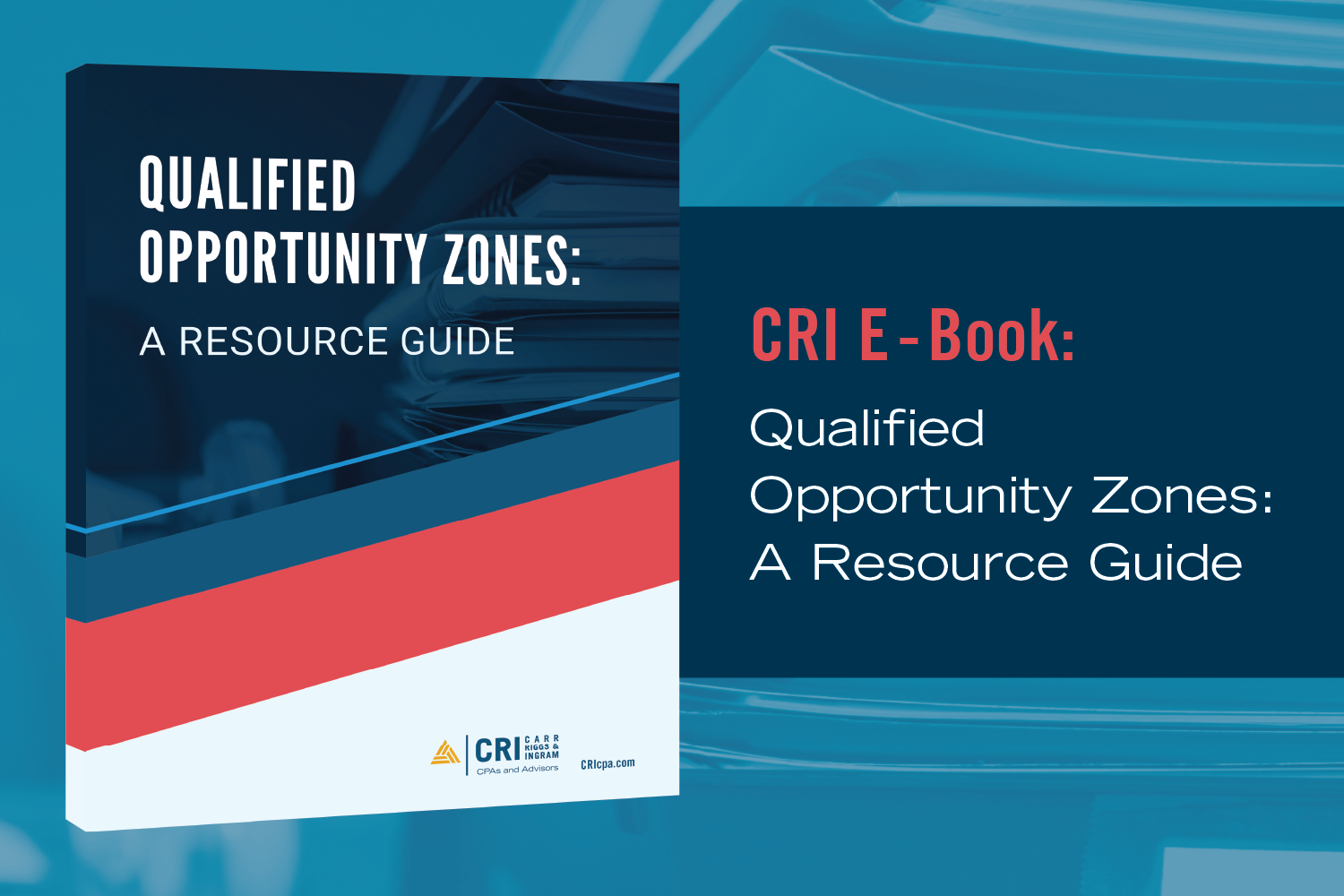Transmittal 18: Critical Changes and Best Practices for Cost Reporting in Healthcare
- Contributor
- Julia R. Jesuit
Jul 21, 2023
In late 2022, the Centers for Medicare & Medicaid Services (CMS) issued Transmittal 18 (2552-10) with significant updates and changes to cost reporting in the healthcare industry. These updates, effective for Cost Reporting Periods beginning on or after October 1, 2022, bring about several alterations to the cost reporting process, impacting various aspects of the system and introducing changes that have a profound impact on Medicare Disproportionate Share Hospital (DSH) reporting, Worksheet S-10 Uncompensated Care Cost reporting, and Medicare bad debt reporting.
Key Updates in Transmittal 18
Transmittal 18 introduces a range of updates that healthcare organizations must be aware of and adapt to. These updates include:
- Medicaid Eligible Days (Exhibit 3A) Template: Hospitals must now provide specific required Medicaid eligibility support for each patient in the Medicare DSH calculation. The exhibit template includes information on restricted and unrestricted Medicaid state codes for each claimed day. It also demands detailed reporting on newborn and mother eligibility information, which may be challenging for hospitals.
- Medicare Bad Debt Template (Exhibit 2A): The new Exhibit 2A template for Medicare bad debt reporting requires additional data, including Medicaid remittance advice dates, collection agency dates, and detailed information on recoveries and payments received prior to write-offs.
- Charity Care and Total Bad Debt Amounts (Exhibits 3B and 3C): New templates for claims from Worksheet S-10 Exhibits 3B and 3C require more demographic and payment data. Providers will need to reconcile each charity and total bad debt account to ensure accurate reporting. Particular attention should be given to avoid duplicating values and separate write-offs spanning multiple fiscal years.
- Additional Worksheet S-10 (Part I and Part II): Worksheet S-10 has been expanded to include Part I, which covers uncompensated care for the entire hospital complex, and Part II, which focuses on inpatient and outpatient services billable under the hospital's CMS certification number (CCN). Providers will need to analyze the impact of potential future calculations using only Part II data.
Organizational Impact and Risks
The expanded data requirements mandated by Transmittal 18 will undoubtedly impose an additional workload on healthcare providers and increase the likelihood of heightened audit scrutiny. As such, proactive measures must be taken to ensure compliance and achieve accurate reporting, enabling healthcare organizations to navigate the intricate landscape of cost reporting with precision and effectiveness.
The level of detail required in reporting will require adjustments to current processes and coordination with IT departments to capture the necessary data elements. Compliance with the new instructions is crucial to avoid cost report rejection and audit extrapolations that could lead to decreased reimbursement. Hospitals should not delay preparations until the cost report filing deadline to mitigate these risks. Proactive efforts should be made to account for the new templates and required data, ensuring compliance and accurate reporting. By addressing these changes promptly, hospitals can navigate the complex landscape of cost reporting and optimize reimbursement while mitigating compliance and audit risks.
Additional Updates of the Transmittal
Several other noteworthy updates emerge from the transmittal, encompassing a range of significant developments, including:
- The inclusion of Worksheet D-6 Parts I through IV has been introduced to calculate allogeneic HSCT (Hematopoietic Stem Cell Transplantation) acquisition costs. This addition aligns with the requirements stated in §1886(d)(5)(M) of the Social Security Act and complies with the statutory obligation outlined in Section 108 of the Further Consolidated Appropriations Act, 2020 (Pub. L. 116-94) for reasonable cost payment.
- Changes have been implemented in DGME (Direct Graduate Medical Education) concerning the Hershey litigation. These changes will take effect for cost reporting periods commencing on or after October 1, 2022.
- Revised Worksheet E-4 and the inclusion of Worksheet S-2, Part I, Line 68 have been made to identify cost reports for periods prior to October 1, 2022. These identified reports will be eligible for the modified method of calculating direct GME payments to a teaching hospital if the hospital’s weighted FTE (Full-Time Equivalent) counts surpass their direct GME FTE cap, as per the guidelines stipulated in the FY 2023 IPPS (Inpatient Prospective Payment System) final rule.
- Additional changes have been made to Worksheet E-4 to implement Sections 126, 127, and 131 of the CAA 2021 (Consolidated Appropriations Act, 2021).
In light of the significant revisions and new requirements introduced in Transmittal 18, it is crucial for healthcare organizations to seek guidance and support to navigate the complex landscape of cost reporting. Contact your CRI advisor for guidance in navigating Transmittal 18 successfully and to ensure compliance, accurate data reporting, and maximizing financial performance.

